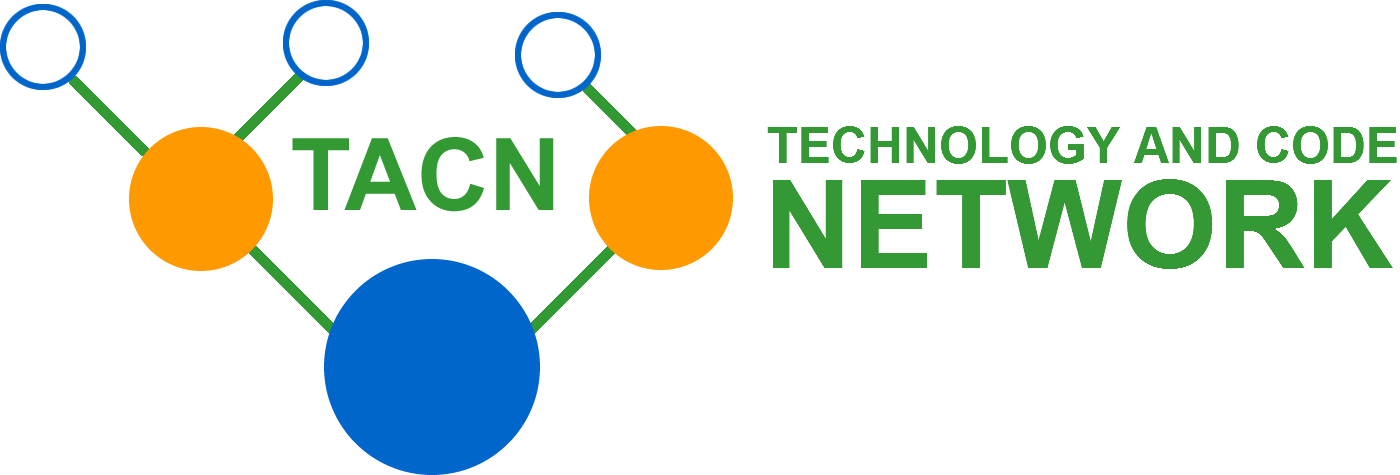Generative AI has transformed the way enterprises build, interact, and automate. But as adoption of large language models (LLMs) accelerates, so do the risks. From model manipulation to shadow usage, these systems introduce new and evolving threat vectors, many of which traditional security stacks fail to detect or mitigate effectively.
At Typing AI Biometrics, we combine behavioral biometrics with advanced AI security tooling to help organizations secure every layer of generative AI. Below, we outline the top 10 risks facing LLM-powered apps in 2025 and how to reduce exposure while maintaining innovation velocity.
1. Prompt Injection
Risk: Attackers craft inputs designed to manipulate model behavior, override safety constraints, or leak context data. These inputs may come from users or third-party systems.
Mitigation:
Apply input validation and structure prompts using strict system/user
separation. Monitor for anomalous patterns using behavioral AI. Deploy
guardrails to detect and neutralize prompt manipulation before it
reaches the model.
2. Data leakage through outputs
Risk: LLMs may expose internal data, personally identifiable information (PII), or confidential content unintentionally through completions.
Mitigation:
Implement output filtering and redaction. Use behavioral identity
signals to limit access to context-sensitive operations. Enforce context
lifespan policies and log access trails.
3. Hallucinations
Risk: LLMs often generate plausible but false information, leading to poor decisions or compliance breaches when outputs are trusted too readily.
Mitigation:
Integrate retrieval-augmented generation (RAG) with curated knowledge
bases. Flag uncertain or unverifiable responses. Include
human-in-the-loop (HITL) where business-critical accuracy is needed.
Read the entire article on the Typing AI Biometrics blog: https://typing.ai/blog/2025-top-10-risks-and-mitig...


